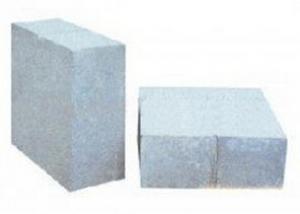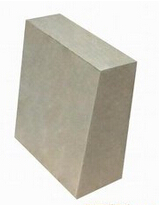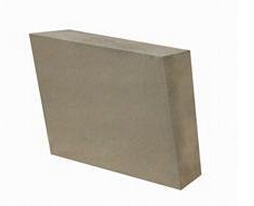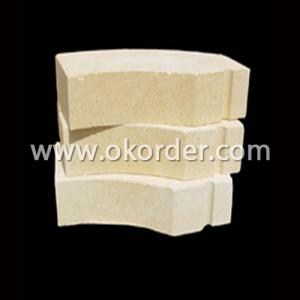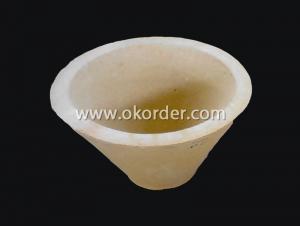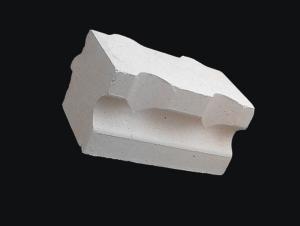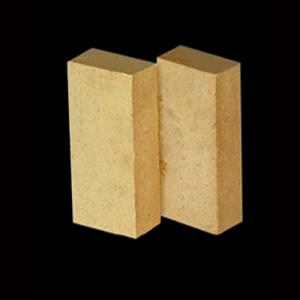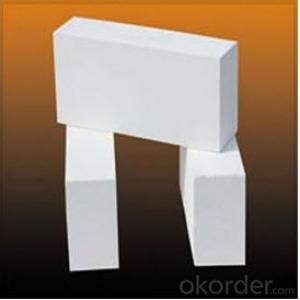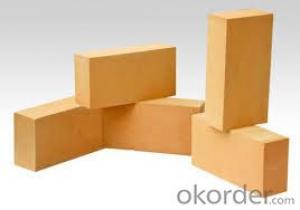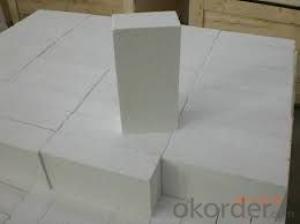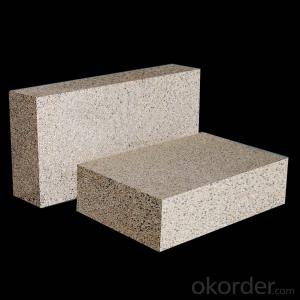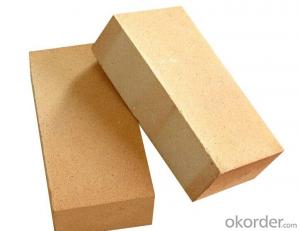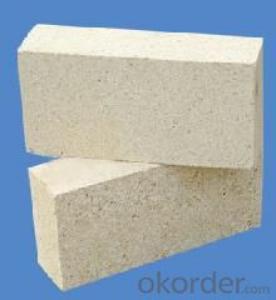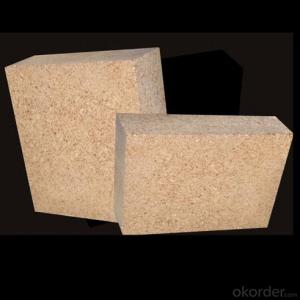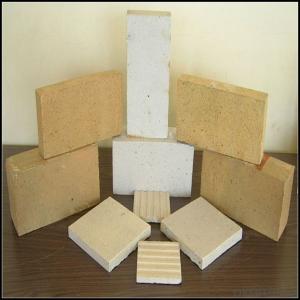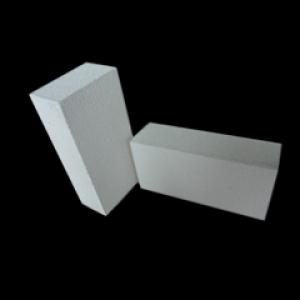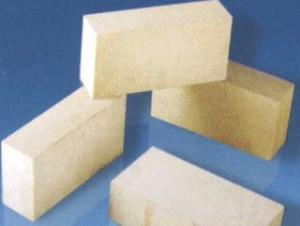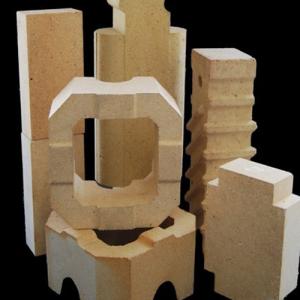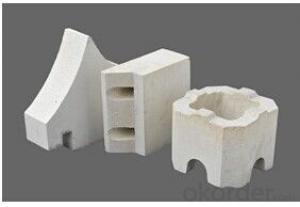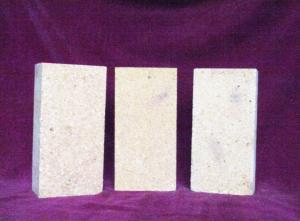High Alumina Special Phosphate Brick
- Loading Port:
- China Main Port
- Payment Terms:
- TT OR LC
- Min Order Qty:
- -
- Supply Capability:
- -
OKorder Service Pledge
Quality Product, Order Online Tracking, Timely Delivery
OKorder Financial Service
Credit Rating, Credit Services, Credit Purchasing
You Might Also Like
Features: High cold crushing strength, good thermal shock resistance, high refractoriness under load, correct dimensions, high density and good wear resistance.
Applications: Mouth, transition zone, and reheater of cement rotary kiln, mechanical shaft kiln, lime kiln, and carbon industrial rotary kiln.
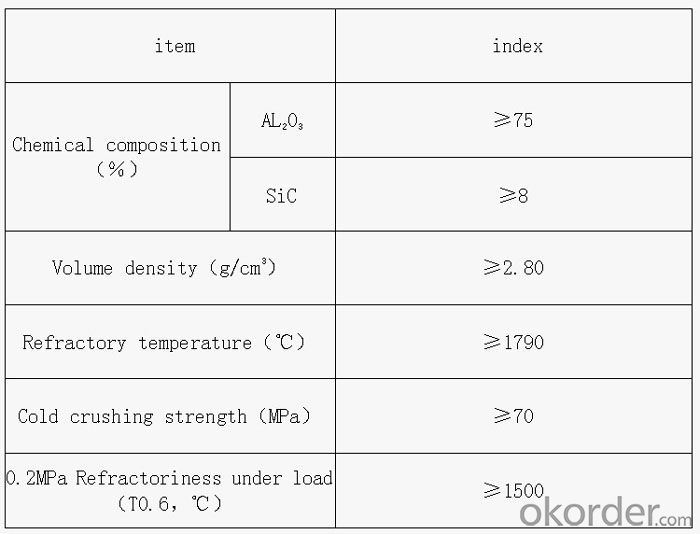
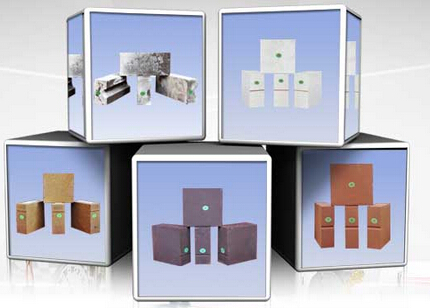

- Q: What is fireproof concrete?
- According to the different properties of fire resisting and heat resisting concrete, they can be divided into silicate, aluminate, phosphate, sulfate, chloride, sol and organic substance, fireproof and heat-resisting concrete, etc.. The following are mainly used silicate, aluminate, phosphate, sulfate fire, heat-resistant concrete.
- Q: In 2016, a few of the traditional refractory materials will be able to survive
- In short, the overall market of refractory enterprises is in a turbulent adjustment process, but the volume is still in place. Elimination is inevitable, as to how many can be eliminated, dare not assert.
- Q: Application characteristics of high alumina brick
- Thermal shock stability. In high alumina brick products, the stress concentration is due to differential expansion when the temperature of refractory brick changes. Therefore, the high aluminum brick products than clay brick products thermal shock stability is poor, general water temperature only 3 - 5 times.
- Q: The difference between aluminium refractory and magnesia refractory
- Magnesia refractory belongs to alkaline refractory materials refers to refractory products such as magnesia magnesia brick magnesium iron spinel magnesium aluminum spinel magnesia ramming materials and other products of raw materials is the main crystal phase is periclase magnesia products
- Q: Difference between low creep high alumina brick and ordinary high alumina brick
- The emphasis is on the physical and chemical indexes of low creep and high alumina bricks. The physical and chemical indexes of the high alumina bricks are different, too. They are DRL-1550And LZ-75 perform GB GB/T2988-2012
- Q: Are there any differences between insulating bricks and refractory bricks?
- The insulation performance of thermal conductivity of insulating brick in general 0.2-0.4 (average temperature 350 - 25 DEG C) w/m.k, and the thermal conductivity of refractory brick in 1 (the average temperature of 350 - 25 DEG C) above w/m.k, which can obtain the insulation performance of insulating brick than refractory brick insulation performance is much better.
- Q: The difference between ordinary and diatomite brick refractory brick
- To say the difference, the material is the biggest difference. There are diatomite brick density, compressive strength of small brick kiln belongs to the outer thermal insulation, and heavy refractory brick kilns for multi village in direct contact with the flame, high temperature resistance, good compressive strength, but no insulation. Hope to help you.
- Q: What is the apparent porosity of high alumina brick?
- Total porosity is porosity refers to the total volume of sample porosity in the percentage of total volume of samples. Apparent porosity refers to the percentage of the total volume of openings, pores, and total specimens in the sample.
- Q: Is glass wool inorganic thermal insulation material?
- Yes, glass wool belongs to one kind of glass fiber. It is a kind of man-made inorganic fiber. Therefore, in the field of thermal insulation materials classified as inorganic insulation materials.
- Q: How does the physicochemical index change when the high alumina brick is used at high temperature?
- If the range of softening temperature exceeds the load, the constants of other physical and chemical indexes will also increase or decrease.
Send your message to us
High Alumina Special Phosphate Brick
- Loading Port:
- China Main Port
- Payment Terms:
- TT OR LC
- Min Order Qty:
- -
- Supply Capability:
- -
OKorder Service Pledge
Quality Product, Order Online Tracking, Timely Delivery
OKorder Financial Service
Credit Rating, Credit Services, Credit Purchasing
Similar products
Hot products
Hot Searches
Related keywords
